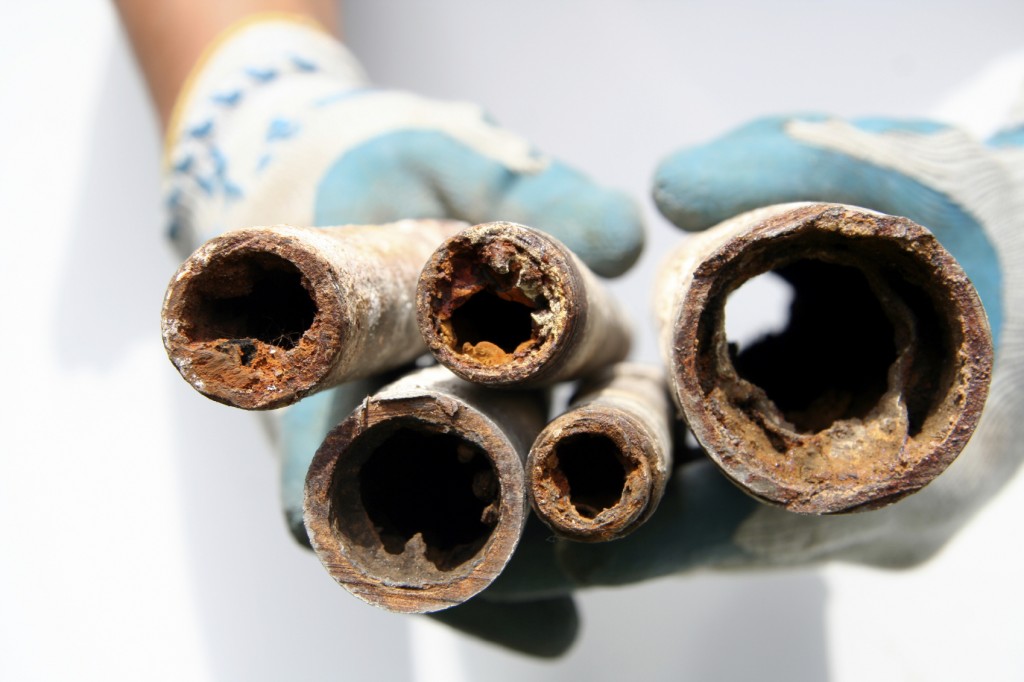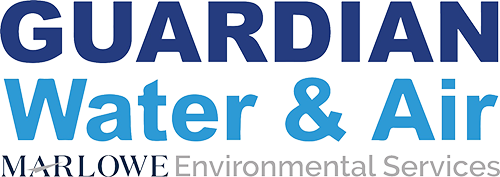Prevent corrosion in your HVAC System

How a water system is specified, designed and constructed has a big impact on the future likelihood of it developing corrosion. Correct construction and pre-commissioning cleaning are the first steps and then it’s important to ensure the system is regularly maintained to prevent corrosion in your HVAC system.
LTHW and chilled water systems that are made from mixed materials can cause problems. Stainless steel is corrosion resistant, but it is often combined with components made of materials such as copper, brass or mild steel, which aren’t. Thought should be given to the suitability of the materials used within a system, from the very start.
Culprits of corrosion:
- Dissolved oxygen – levels should be minimised and regularly monitored.
- Bacteria – these breed in areas of stagnating water and lead to Microbial Influenced Corrosion (MIC). Areas in the system where water gathers, such as ‘dead legs’ should be avoided when the system is being designed.
NB: Bacteria cannot breed without oxygen, monitoring and removing oxygen should be the main focus in corrosion prevention.
Taking steps to prevent corrosion in your HVAC system from the outset and regular monitoring are key elements of water systems management. Setting up an effective monitoring regime from the start will save money, long term and lead to more sustainable working practices.
There are steps we’d recommend to ensure a robust system from the start:
- Pre-commissioning cleaning – the flushing out of debris and bacteria is essential for an HVAC system to start life in the best possible shape, however care should be taken as over-flushing or water and cleaning chemicals can cause pitting in the pipework which will, in turn shorten the system’s life. We use Hydrosphere, which uses much less water; better for the system and better for the environment, too.
- Immediate establishment of a regime of remote and continuous system monitoring – so that any potential problems will be flagged-up early – we are certified partners of Hevasure, which has developed an industry-leading monitoring solution.
Although BSRIA guidelines call from sampling and laboratory analysis, we believe 24/7, real-time monitoring of important system parameters such as dissolved oxygen, pressure, conductivity and corrosion rates will provide a more accurate picture of what’s happening in the system.
Keeping an eye on things
According to BG50, regular monitoring should be kept up once the system is running, particularly after any significant system changes such as the replacement or addition of plant or terminal units.
The Hevasuire system will enable FMs to keep an eye on a range of parameters: pressure, corrosion, inhibitor and pH levels, so that corrosive conditions and potential leaks can be identified before they become a problem.
When maintenance does take place, care must be taken to minimise the amount of oxygen re-entering the system. Pressure settings must be kept at the correct levels. If they exceed pressure relief valve (PRV) settings, water can be lost, which means more aerated water will need to be added to get the pressure up. again. Under pressurisation will result in air being sucked-in through air vents and dissolved oxygen rising to dangerous, corroding levels.
For more information about how to prevent corrosion in your HVAC system, click here.

